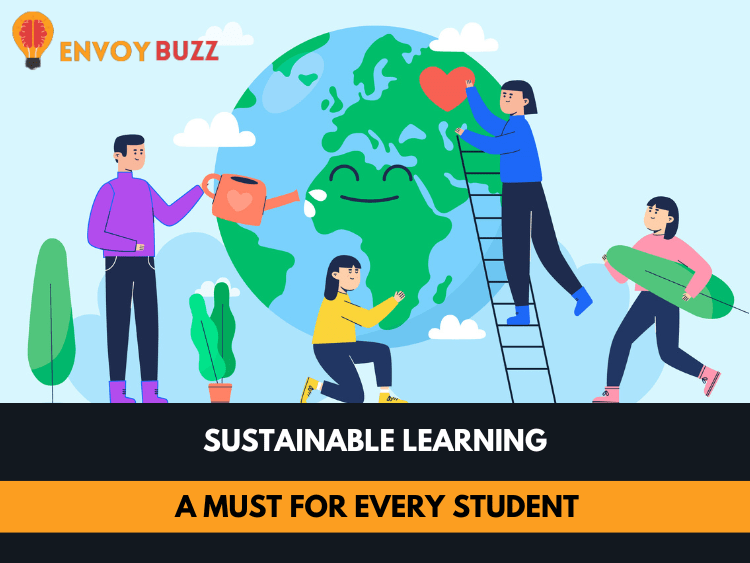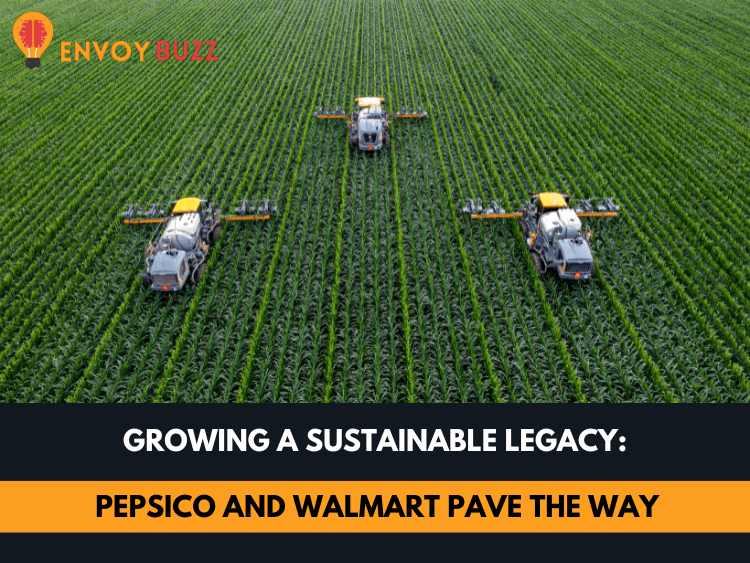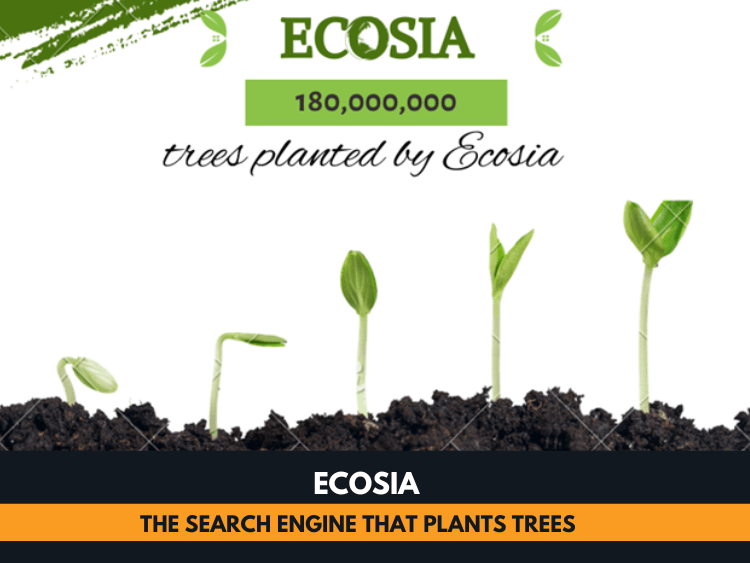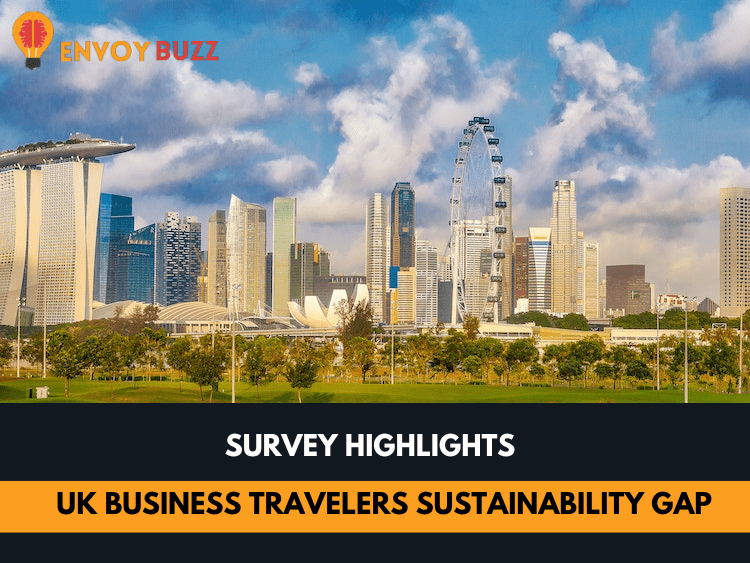In today’s world, the concept of sustainability has taken center stage as we grapple with complex environmental issues and their far-reaching implications. Teaching students about sustainability goes beyond textbooks—it cultivates a mindset of responsible decision-making, ecological awareness, and social consciousness. By incorporating sustainability into the curriculum, we provide students the knowledge they need to appreciate the delicate balance that exists between human demands and the health of our planet. In addition to preparing students for a future defined by environmental concerns, this knowledge gives them the tools they need to be agents of change in their local communities and beyond.
Starting with the soon-to-begin 2023–2024 academic year, all students at India’s universities will be required to take courses in environmental education and climate change in order to graduate, in accordance with guidelines from the University Grants Commission (UGC), the country’s higher education apex body.
The Sustainable Development Goals of the United Nations will be covered in the new course.
Following a directive from the Ministry of Education, the UGC recently instructed universities and colleges to add an environmental studies core requirement to all undergraduate programmes, including general engineering, medical, architectural, pharmacy, and management, among others.
The new environment education curriculum, according to the UGC, will cover subjects like climate change, sustainable development, conservation and management of biological resources and biodiversity, pollution, sanitation, waste management, and the preservation of forests and wildlife. It will also be multidisciplinary.
Previously given as an elective or optional course, environment education will now be a core topic where students will place a greater emphasis on practical knowledge and aspects than theory.
According to the UGC, institutions would have freedom to decide how to teach the subject.
However, it was also said that the design of the courses should be focused on volunteerism and community involvement, a practical awareness of environmental problems, and ‘value-based’ education to teach students about environmental conservation and sustainable development.
The UGC states that the suggested credits for the course can be acquired over the period of six to eight semesters.
High-level committee had prepared a blueprint for environmental education in line with the recommendations of the National Education Policy (NEP) 2020, which stresses environmental education and making students more aware via field work and community engagement.-recently said by Mamidala Jagadesh Kumar.

The integration of Environmental education
The mandatory course, according to many academics, represents a significant advancement in the integration of environmental education into the general educational system.
Many academics have observed that the environment has taken on a priority role as a result of the extreme weather events that India has experienced in recent years, including significant loss of life and property, extreme heat waves, unprecedented floods and excess rainfall, landslides, glacier bursts, etc., which are thought to have been caused by climate change and environmental imbalance.
According to some experts, the course can give students a greater comprehension of the science underlying environmental challenges as well as the resources to address them.
“The effectiveness of a compulsory course would depend on what the course covers and how it is covered “– said by Nagraj Adve (founder member of Teachers against the Climate Crisis)
He further said: “Certainly, I think it seems to reflect the fact that the environmental issues are affecting us, and the crisis is deepening. So, there’s a need for students to build awareness beyond what they might learn in senior (high) schools.”
He told University World News, “This is something that’s needed,” adding that climate change subjects also needed to be included in the curriculum, in a thorough and specialized approach. He said: “Students could be made aware of carbon taxes and similar topics that are linked to the economy.”
Numerous Indian universities already provide diploma and degree programmes in environmental science, environmental management, and related areas.
One of the first institutions in Asia to introduce an undergraduate programme in climate science was Kerala Agricultural University’s College of Climate Change and Environmental Science. In 2010, they began a five-year integrated BSc-MSc programme in climate change adaptation. In 2020, they transformed it to a four-year BSc in Climate Change and Environmental Science.
Dr P O Nameer, dean of the College of Climate Change and Environmental Science told University World News:
“Even before the world seriously started thinking about the challenges of climate change, Kerala Agricultural University went many steps ahead by starting this academic programme, thereby training quality manpower, many of whom are now placed in institutes of excellence within and outside the country and thus serving mankind.”
Nameer continued, stating that environmental sciences and climate change also needed to be covered on school curricula.
“It is extremely important that we start similar undergraduate programmes in all the major Universities across the country as we need a huge quantity of trained manpower in the days to come to handle the challenges being faced due to Climate Change.”
An official from the Ministry of Education said, speaking anonymously because he was not licensed to speak to the media, that it is essential to teach pupils about environmental issues and strategies for preserving the environment using a variety of mediums.
He said: “Environmental Studies is not a typical course pertaining to a particular stream (of studies)”
In a rapidly evolving world, empowering students with sustainability knowledge is our compass toward a greener future. As we embrace this transformative journey, let us cultivate a generation committed to safeguarding our planet, driving change, and inspiring a harmonious coexistence between humanity and nature.
For more blogs visit Envoybuzz.






















